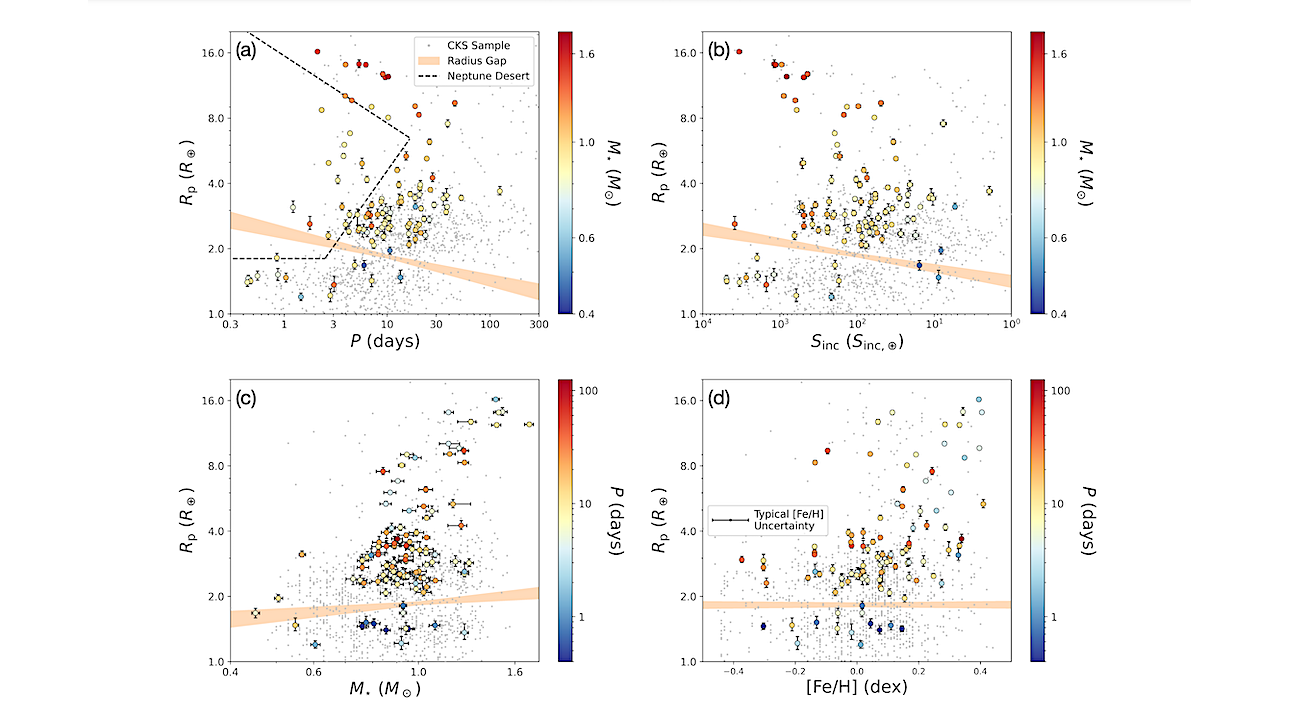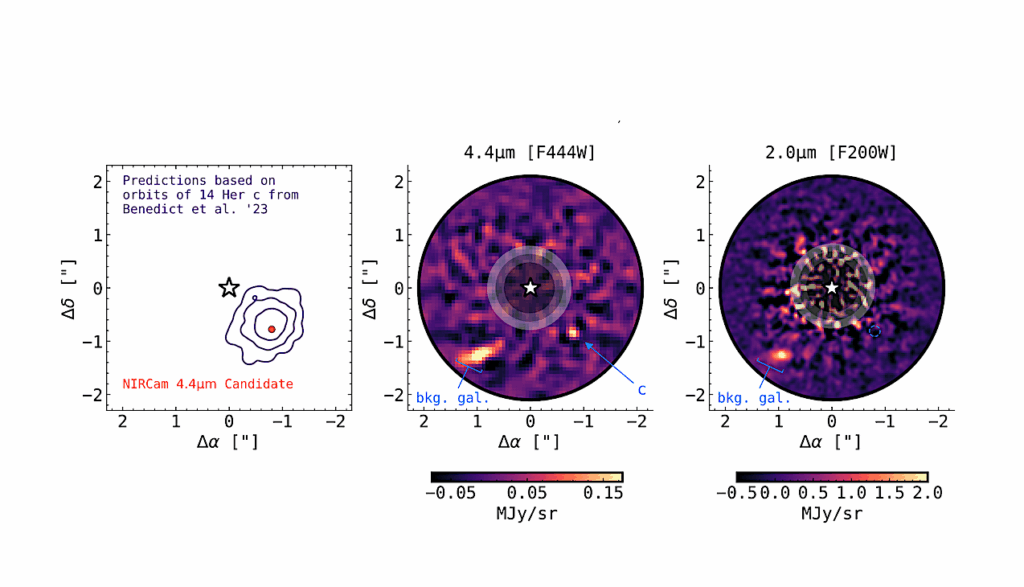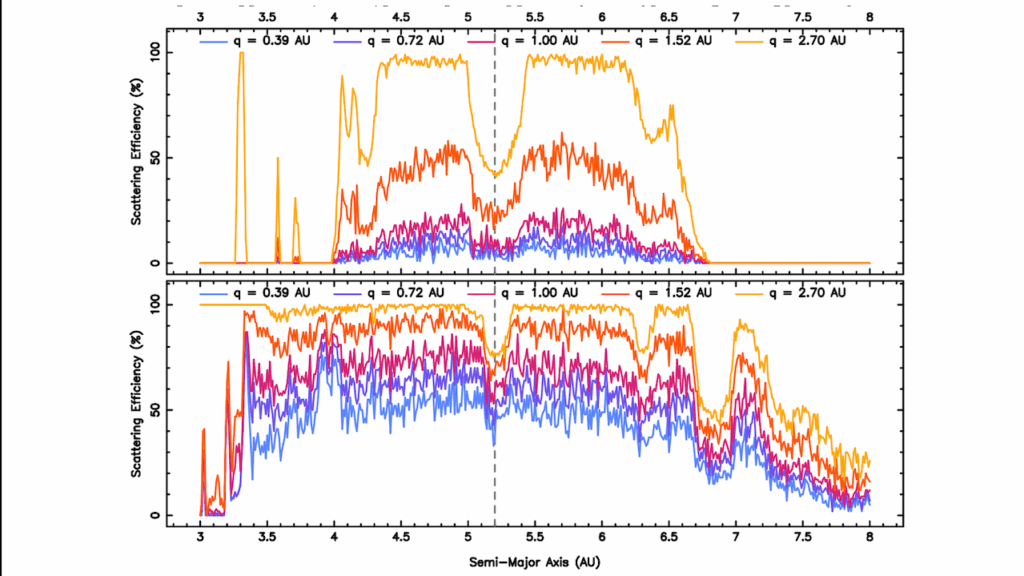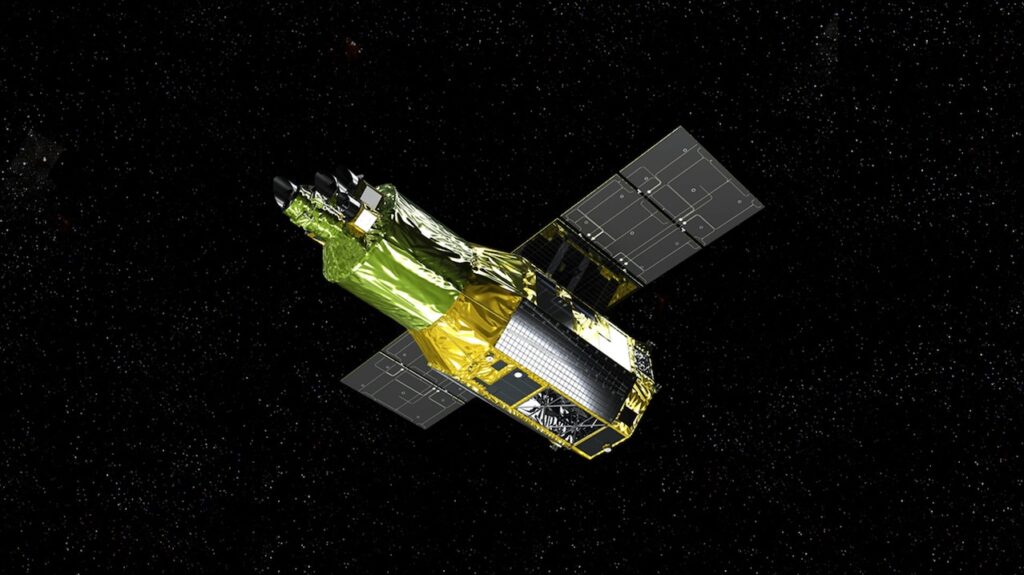The TESS-Keck Survey. XV. Precise Properties of 108 TESS Planets and Their Host Stars

We present the stellar and planetary properties for 85 TESS Objects of Interest (TOIs) hosting 108 planet candidates which comprise the TESS-Keck Survey (TKS) sample.
We combine photometry, high-resolution spectroscopy, and Gaia parallaxes to measure precise and accurate stellar properties. We then use these parameters as inputs to a lightcurve processing pipeline to recover planetary signals and homogeneously fit their transit properties.
Among these transit fits, we detect significant transit-timing variations among at least three multi-planet systems (TOI-1136, TOI-1246, TOI-1339) and at least one single-planet system (TOI-1279). We also reduce the uncertainties on planet-to-star radius ratios Rp/R⋆ across our sample, from a median fractional uncertainty of 8.8% among the original TOI Catalog values to 3.0% among our updated results.
With this improvement, we are able to recover the Radius Gap among small TKS planets and find that the topology of the Radius Gap among our sample is broadly consistent with that measured among Kepler planets. The stellar and planetary properties presented here will facilitate follow-up investigations of both individual TOIs and broader trends in planet properties, system dynamics, and the evolution of planetary systems.
Mason G. MacDougall, Erik A. Petigura, Gregory J. Gilbert, Isabel Angelo, Natalie M. Batalha, Corey Beard, Aida Behmard, Sarah Blunt, Casey Brinkman, Ashley Chontos, Ian J. M. Crossfield, Fei Dai, Paul A. Dalba, Courtney Dressing, Tara Fetherolf, Benjamin Fulton, Steven Giacalone, Michelle L. Hill, Rae Holcomb, Andrew W. Howard, Daniel Huber, Howard Isaacson, Stephen R. Kane, Molly Kosiarek, Jack Lubin, Andrew Mayo, Teo Močnik, Joseph M. Akana Murphy, Daria Pidhorodetska, Alex S. Polanski, Malena Rice, Paul Robertson, Lee J. Rosenthal, Arpita Roy, Ryan A. Rubenzahl, Nicholas Scarsdale, Emma V. Turtelboom, Dakotah Tyler, Judah Van Zandt, Lauren M. Weiss, Samuel W. Yee
Comments: Accepted at The Astronomical Journal; 21 pages, 9 figures
Subjects: Earth and Planetary Astrophysics (astro-ph.EP); Solar and Stellar Astrophysics (astro-ph.SR)
Cite as: arXiv:2306.00251 [astro-ph.EP] (or arXiv:2306.00251v1 [astro-ph.EP] for this version)
Submission history
From: Mason MacDougall
[v1] Thu, 1 Jun 2023 00:03:11 UTC (7,360 KB)
https://arxiv.org/abs/2306.00251
Astrobiology








